To run the forums, host the website, and travel, I regularly charge a universal service fee for my reviews. This in-depth review was sponsored by Cannondale. My goal is to be transparent and unbiased with you, this video and writeup are not meant to be an endorsement of Cannondale products. I welcome your corrections, additions, and feedback in the comments below, and the Cannondale electric bike forums.
Observations:
- The Treadwell NEO line features a high-step and mid-step remixte. I was provided with the latter, and appreciate how approachable it was. Having a mid-step vs. full step-thru means that you get extra stiffness for performance riding and carrying cargo… this is important if you go for the EQ (equipped) version of the bike, that comes with fenders, a front rack, and headlight. Note that the non-EQ versions of the Treadwell do still come with a rear light, and the standard high-step frame comes with two bottle cage bosses vs. just one below the downtube.
- Most of the Cannondale ebikes use Bosch electric bike mid-drive systems. The Treadwell NEO, Quick Neo, and SuperSix EVO Neo are all using the ebikemotion (MAHLE) 250 watt hub motor system with fixed downtube battery pack. This is a lightweight, streamlined system with a single control point button on the top tube. Ebikemotion has a smartphone app that provides more feedback than the colored light ring of the iWoc ONE button, but it seems that you cannot change assist levels using the app.
Pros:
- Since the battery pack is completely encased in the downtube, this ebike looks almost like a non-electric bicycle. It’s beautiful, lightweight, and well-balanced.
- Cannondale went the extra mile when choosing hardware. Notice the black spokes, rims, seat post, stem, handlebar, and fenders… the only complaint I have is the silver fender support arms, which stand out and protrude above the fenders themselves
- It appears that the Treadwell Neo EQ Remixte comes in two frame sizes, which is great! This improves fit, a sense of safety and control, and comfort for people who ride regularly.
- If you get the EQ (equipped) version of the Treadwell Neo, it comes with the sturdy fenders, excellent headlight, and custom front basket. I like where they mounted the headlight because it’s up high, and I like the bamboo that they used for the basket deck.
- Notice the extra spacers that boost the stem up high, and the riser “BMX inspired” handlebar that provides a more upright body position. This ebike is fun to ride and feels natural and comfortable vs. a forward-oriented city or road bike
- I’m happy that Cannondale remembered to add bottle cage bosses to this frame! They are positioned below the downtube. I’m a bit mixed on the use case here, because that’s a long way to reach for water… perhaps it’s best used for a folding lock, and you could put your drink in the front basket?
- I was told that Cannondale (ebikemotion MAHLE) use a 40 pulse speed sensor at the rear right dropout! That’s way more than 12 magnets, as I see on the vast majority of cadence sensing ebikes… and it felt fairly responsive
- Cannondale is sold through a vast dealer network that will assembly, fit, and provide post-purchase maintenance support. Considering the quality of the bike and this support + warranty, I feel that the price is pretty decent at under $3k
- Hydraulic disc brakes are great, because the front and back can be activated consistently. You don’t need to pull harder on the right lever to get the same stopping power, even though the brake line is longer. Also, the brake levers can be adjusted in or out to fit different sized hands! These brakes are pretty average, to be honest. Tektro is a value brand and the 160mm size is adequate for moderate city riding
- The planetary geared hub motor from ebikemotion (MAHLE) performed well. It’s efficient, at just 250 watts with 40nm of peak torque. It won’t use the battery super fast and won’t produce a lot of noise or any drag. It’s fairly lightweight and almost hidden behind the cassette and disc brake rotor.
- The battery charger felt very well made! High quality, sealed case. Extremely lightweight at just 1.1lbs. It only puts out 2 amps, but that’s fine for the relatively low capacity 248 watt hour battery pack.
- I appreciate that Cannondale chose Panasonic battery cells for this electric bike battery! That’s the best brand around, so they should last longer.
- Cool pedal design! They provide great surface area that feels stable and secure. The plastic is lightweight and won’t scratch your legs like metal, and the grip tape section provides additional traction.
- Unique “Frame Armor” rubber bumpers built into the top tube will keep this electric bike looking great! It’s like those plastic strips on cars, that keep the paint from getting chipped if someone parks too close or a shopping cart hits you. This is the same thing but for bicycles ;)
- Unique semi-ergonomic grips with ribbed rubber work well and match the “all black” look of this ebike. The saddle also looks good, stays cool, and feels soft and comfortable. I like that it has a handle built in, but it wasn’t as easy to grip because of the rear light mount.
- The rear light itself is very good, offering two LEDs, but it’s positioned just behind and below the saddle. This means that a long shirt or jacket could hang down and block it! Considering that the bike doesn’t have a rear rack or mounting points to add one, maybe they could have positioned the light a bit lower or on the fender. Since the rear light is wired through the seat post, it makes removing the post a bit tricker.
- Great wheel size choice here! I’m a fan of 27.5″ vs. 28″ because it allows for the same great rolling momentum and lower attack angle that smooths bumps but you can use fatter tires for comfort. The slightly smaller wheel + slightly taller tires = best of both worlds, just with a bit of extra weight.
- Weighing in at just 40.1lbs (18.18kgs) with the fenders, rack, and lights, the Treadwell Neo EQ Remixte is fun to pedal even when powered off! It’s a lot easier to lift and manage than many other electric bikes as well.
- It’s a minor thing, but the clear plastic sticker on the chainstay will help to protect the beautiful paint. I appreciate that the bike comes in a couple of different loadouts and each has a different color.
- The tires felt comfortable, stable, and performed without making a lot of noise. I’m glad that they include some light tread so the bike can be navigated on gravel roads vs. all pavement or concrete.
- None of the major frame components are steel, it’s all aluminum alloy here. That means you won’t get rust if the bike frame, fork, or fenders get scratched during use or at the bike rack
Cons:
- The fender support rods stick up above the fender and have these rubber caps on top because the ends could poke and be sharp. However, the rubber piece can get pulled off over time, and the dangerous sharp end will remain. I prefer the fender supports that tuck under the fender because they look nicer, don’t require adjustment, and seem safer. You can see what I mean on this ebike.
- While I really like having the headlight up high, it could easily get blocked by cargo in the front basket. Just be careful to arrange your stuff in such a way that the light can keep you safe :)
- I was a little surprised to see that the front basket only supports 10kg (22lbs) of weight? It looks very sturdy, but I can see how too much weight would impact steering because the basket is not frame-mounted. If you overfill the basket, you could also block the front light.
- The seat post clamp has threaded eyelets that could be used for a rear rack! However, I didn’t see any bosses for mounting the lower support arms. This really confused me, and I wish it had mounting points because it could be very useful for panniers, a trunk bag, or a child seat at the rear (since the front rack is kind of limited). Why would they have a mounting point on the seat clam (which is very rare) but not have support bosses on the frame?!
- This electric bike uses wider tires to improve stability and comfort, and it has a nice plush saddle and suspension seat post! However, the suspension seat post is not very adjustable, the saddle soaks up water vs. repelling it, and the rigid front fork isn’t as comfortable as one with suspension. The best thing to do for improving comfort would be to lower the tire pressure a bit… just not too low, or you could get a pinch flat. The default suspension post is great, but since it’s not super adjustable and the light is run through, replacing it won’t be as easy.
- I think reflective stripes on the tires could greatly improve the safety of riding this all-black electric bike… but at least it has nice lights, and the headlight has side-windows. Another request for me would be puncture-resistant tires, since neither wheel has quick release for easy fixes, and the rear wheel is more complex because of the hub motor and power/sensor cables.
- The cadence sensor is a 40 pulse design, very sensitive, but the brake levers don’t have motor inhibitors. This means that the motor doesn’t cut out instantly if you need to stop… but it’s probably not a huge issue given the modest 250 watt 40nm torque motor, and I guess it reduces clutter at the handlebars and complexity that can result in system failures (and reduces weight/cost).
- It’s nice that the bike comes with an adjustable kickstand, and it worked fairly well for stabilizing the bike, but the position at the center of the frame creates pedal lock if you leave it deployed and roll the bike backwards (as demonstrated in the video review above).
- The single button iWoc ONE control interface requires riders to take one hand off of the grips to change assist levels. It requires two presses to change levels, a press and hold to enable lights, and a long press to turn off. Honestly, it felt unfamiliar and unintuitive to me at first… since there are no labels. You have to read the instructions and then memorize the steps for when you’re out riding. Furthermore, it doesn’t offer walk mode, as far as I can tell? And that could be useful with a basket full of cargo.
- I like the idea of a smartphone app, and the ebikemotion app was easy to find and download (for iOS or Android). It uses Bluetooth, so that could run your phone battery down – and there’s no USB charging ports on this electric bike. The app didn’t let me change assist levels, so I still had to press the iWoc ONE button on the frame. It did provide some power info, battery charge level, and some cool GPS options. I like that it offers voice support, but would probably limit that because it talked a lot and shared more than I really needed (like humidity outside).
- Not being able to remove the battery from the frame means that you have to park near a charging outlet… and that may not exist at your place of work. Furthermore, extreme heat and cold can degrade the cells, so where you park it really matters. If you feel pressure to park inside, that means bringing a big, possibly dirty, bicycle into the house every night. I like having the ability to remove batteries and to have upgrade paths for bigger sizes or range extender packs that can be removed. I don’t know about replacement costs or availability, and sense that removing the main battery for this ebike could be time consuming and expensive with the need for a dealer to help.
- While the price is good in some ways, I was really surprised that the EQ (equipped) model costs $450 more. That seems like a lot for some fenders, a front rack, and a headlight?
- This is a minor gripe, but the tip of the charging cord is plastic and has a little plastic wingnut thing. It seemed more vulnerable than something like the Bosch charger (which is large and proprietary, so it won’t get mixed up). It plugs into the frame fairly easily, but the twist lock was confusing and maybe a bit unnecessary to me… if you did lock it and the bike tipped or the wire was snagged, it could crack the plug and the charging port on the bike.
- One more minor complaint, the Acera trigger shifters that Cannondale chose for this ebike utilize a one-way high lever, meaning that you need to pull on it with your index finger vs. a two-way trigger that could be pulled or pushed with your index finger and thumb. I prefer two-way triggers so I can rely completely on my thumb and use my index finger for managing the brake. It makes me feel more secure and won’t compromise my grip to shift gears. This part upgrade would be very cheap to do at the factory level, and considering that everything else is so nice, I wish they would have used Deore vs. Acera.

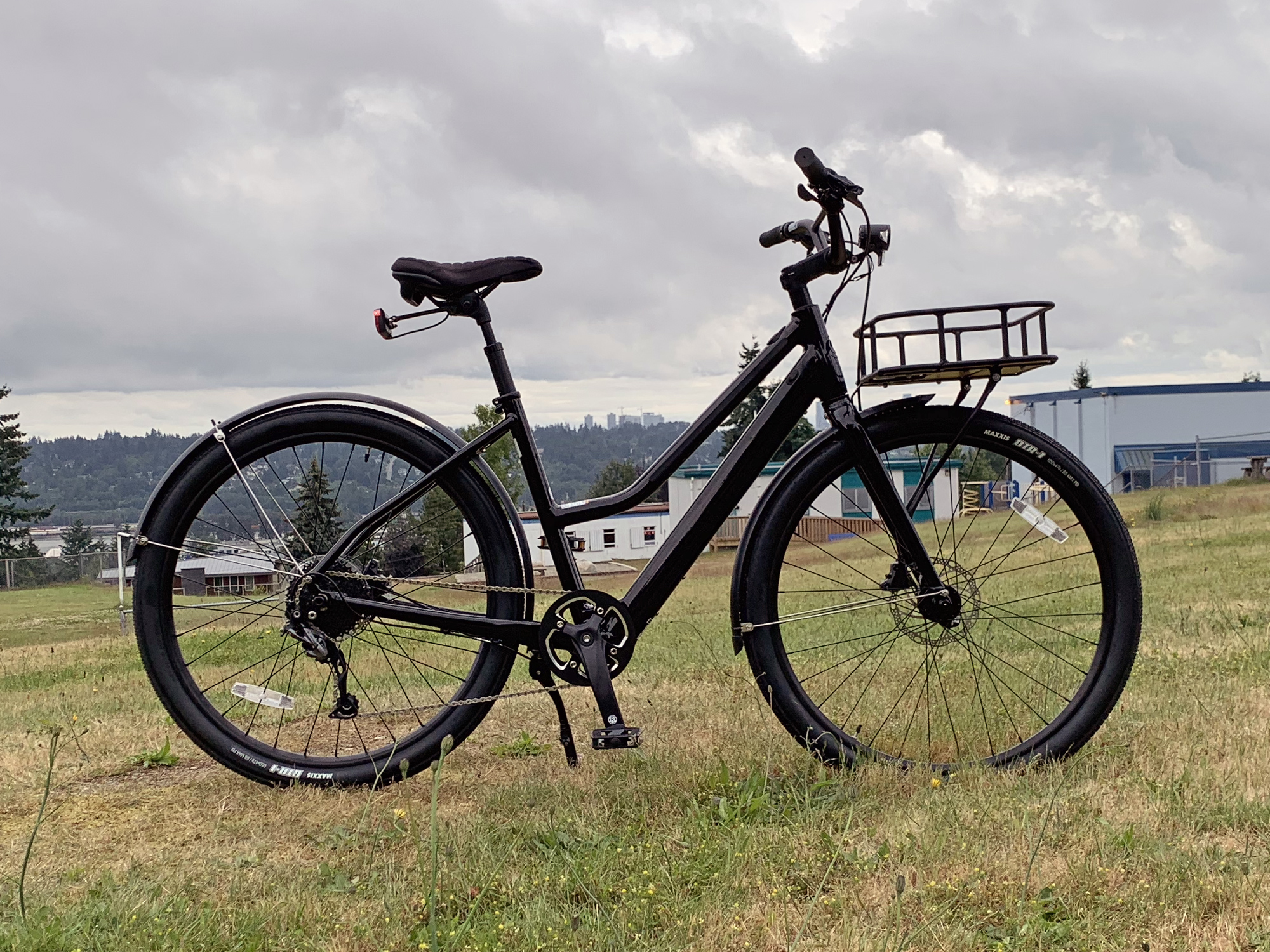
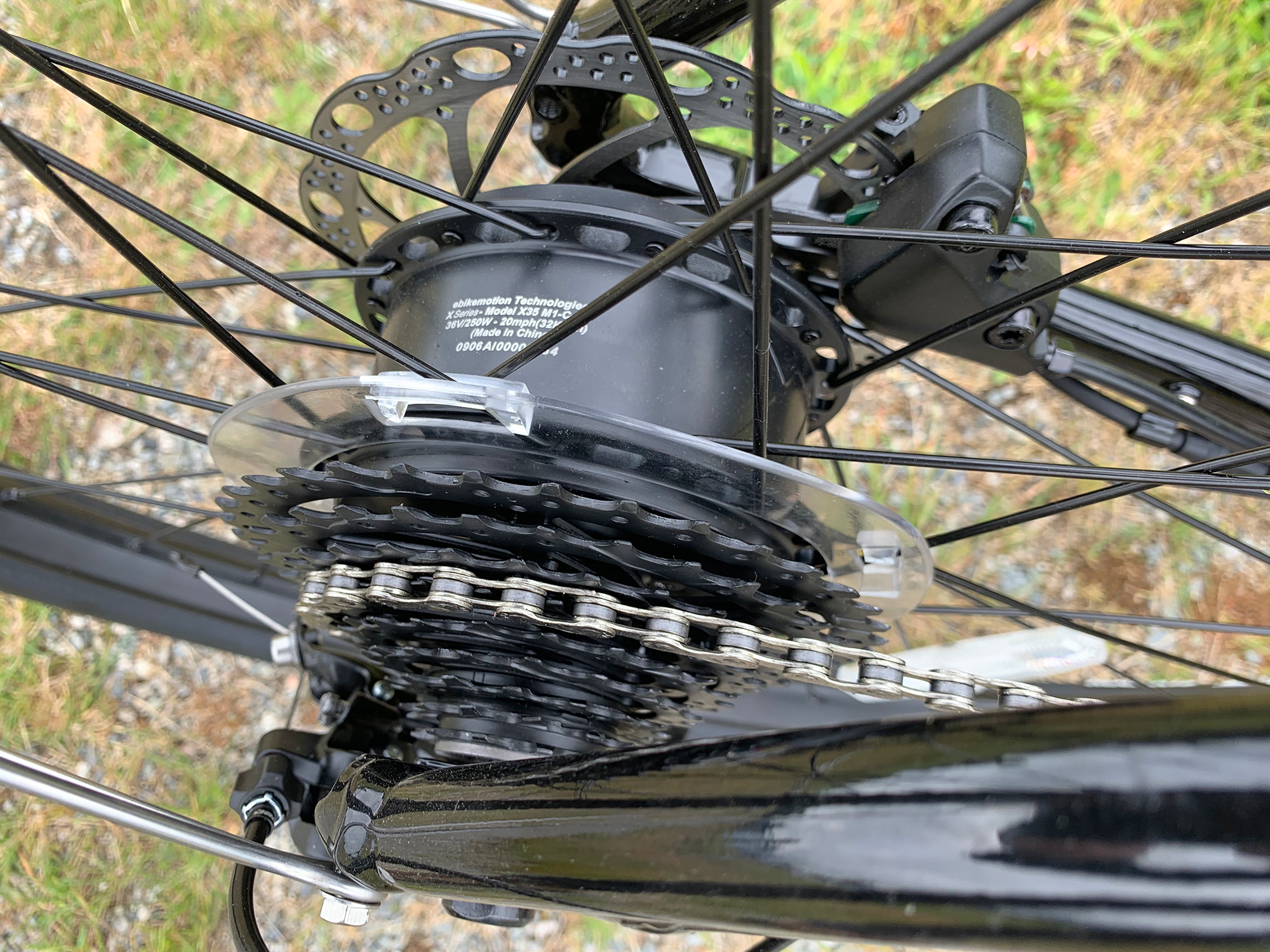

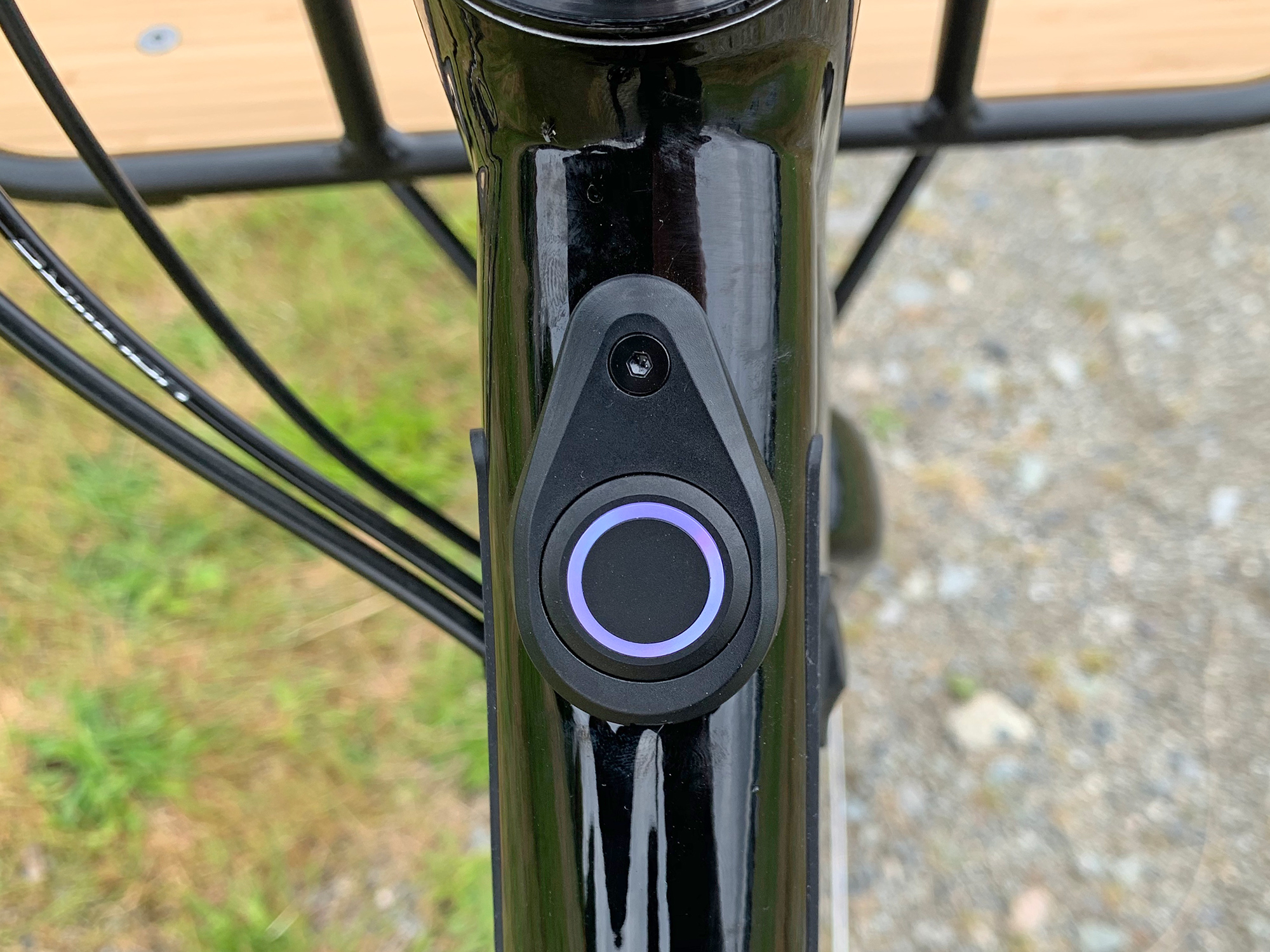
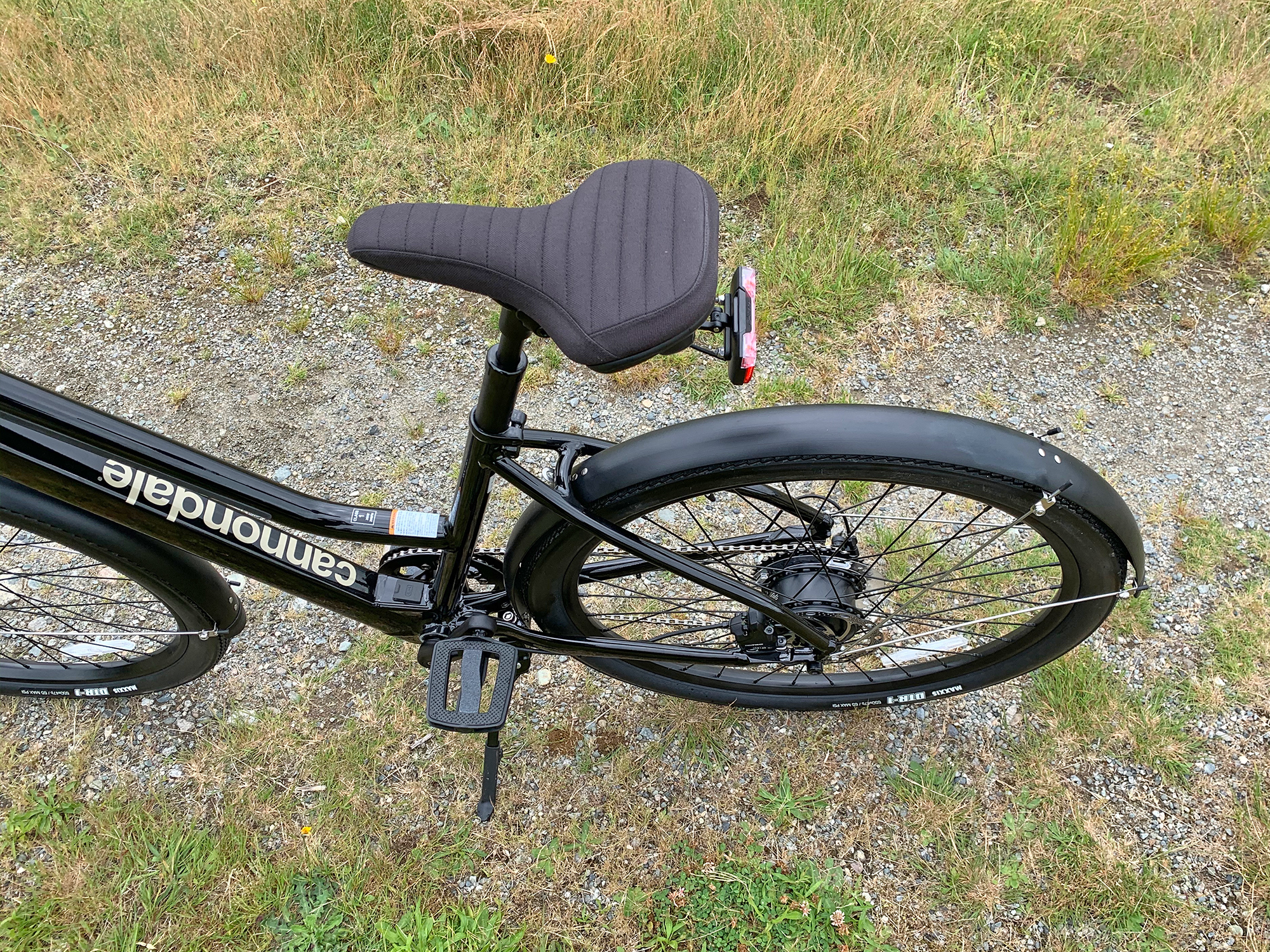
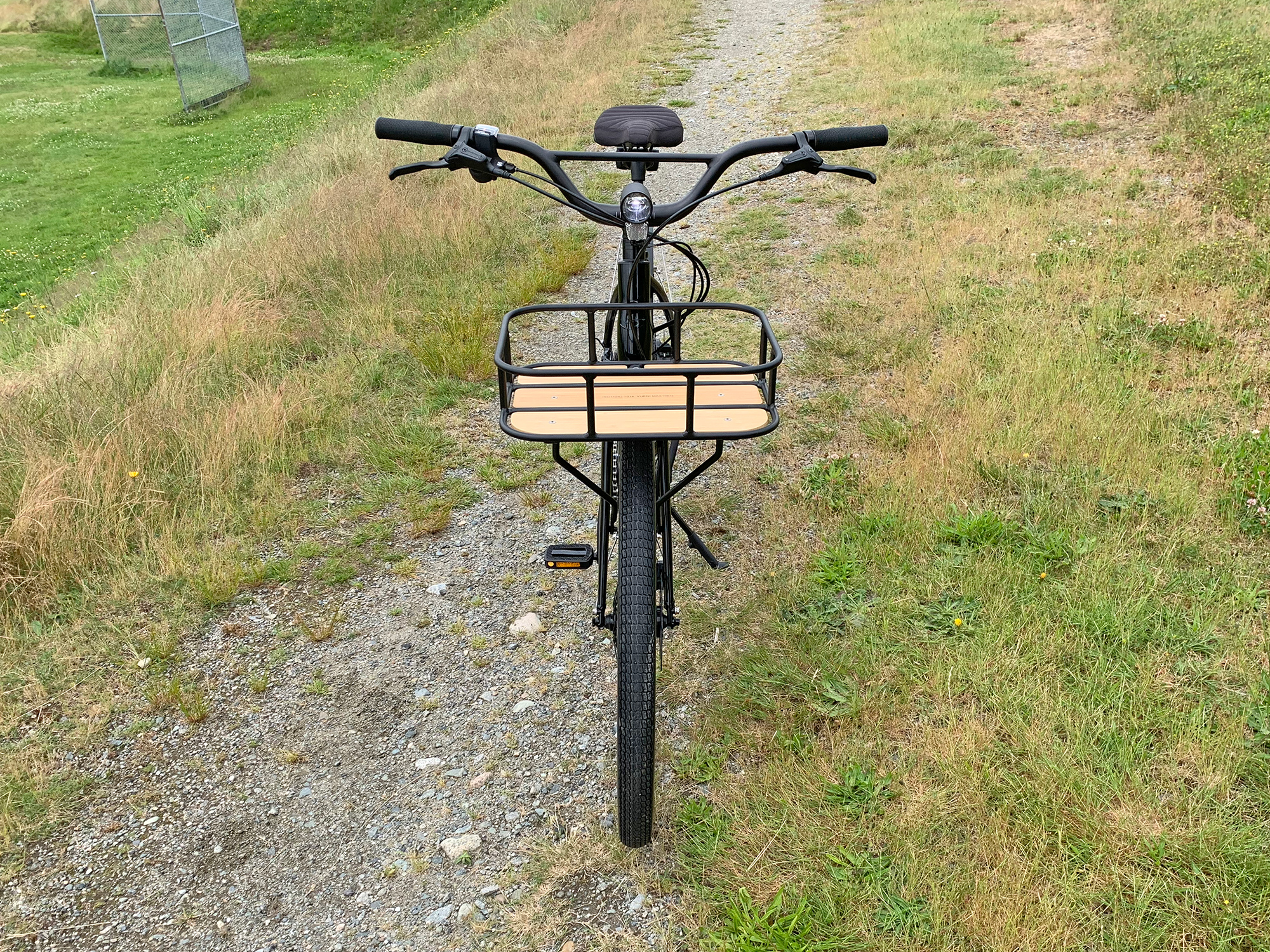
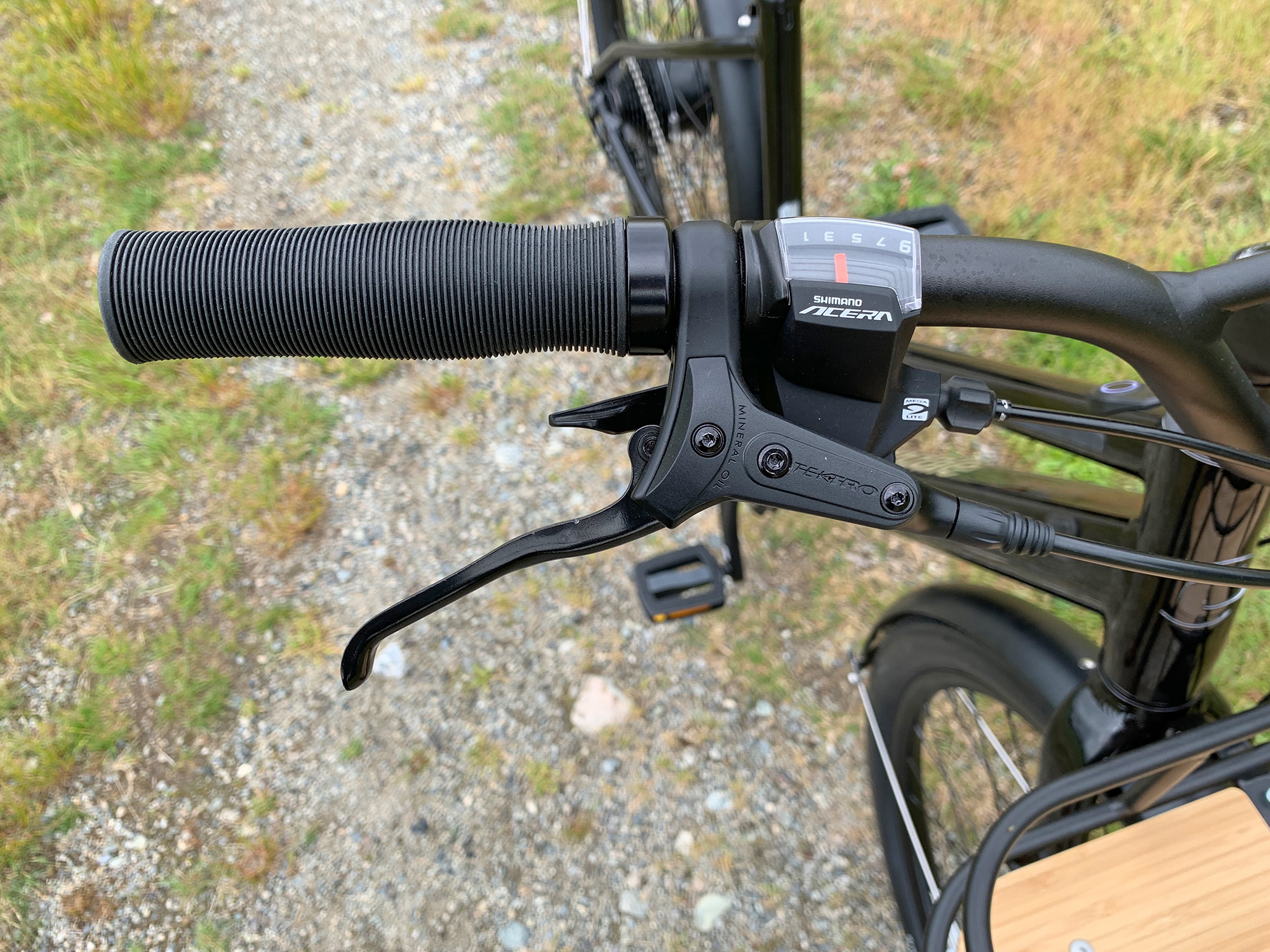
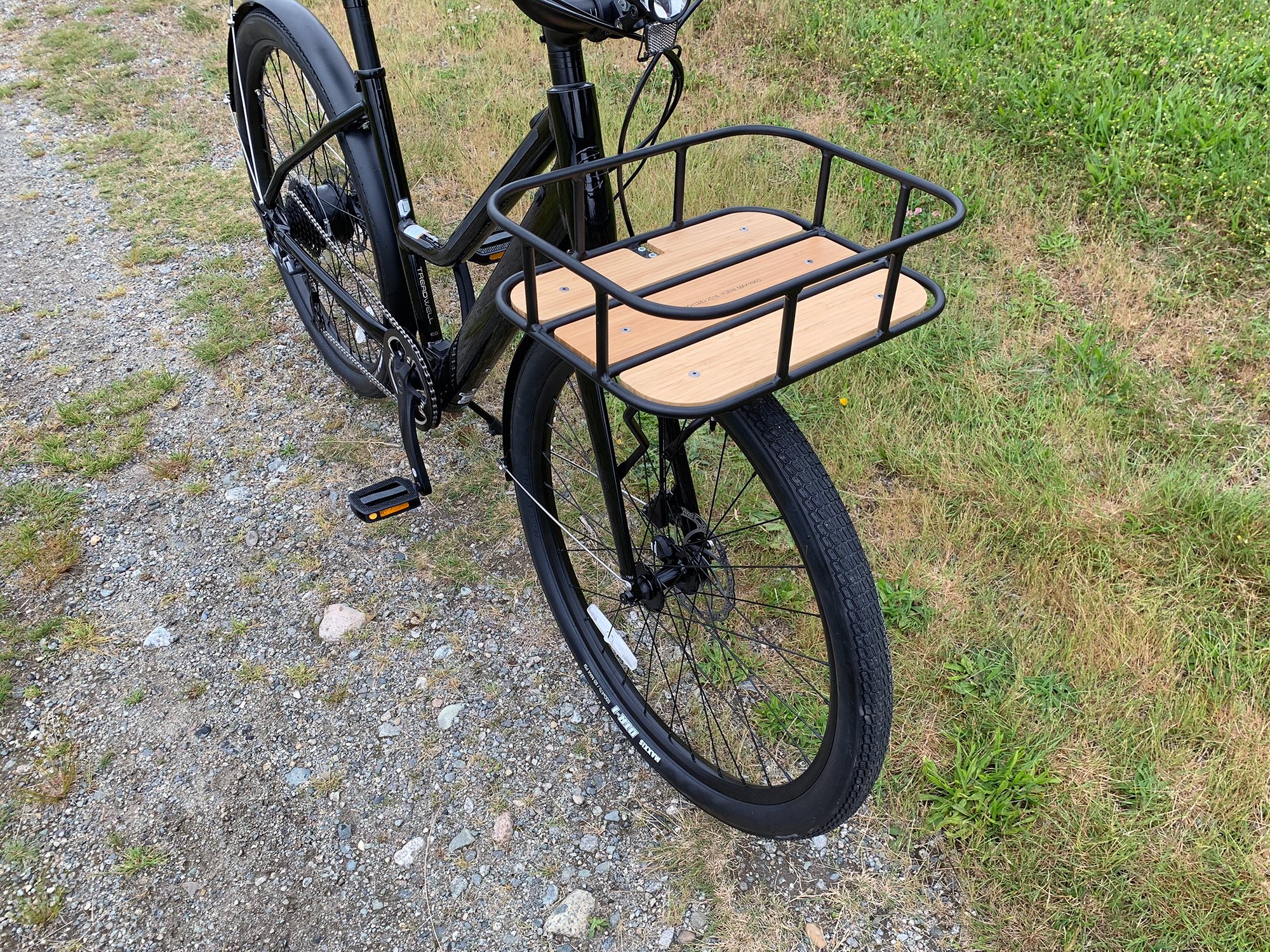

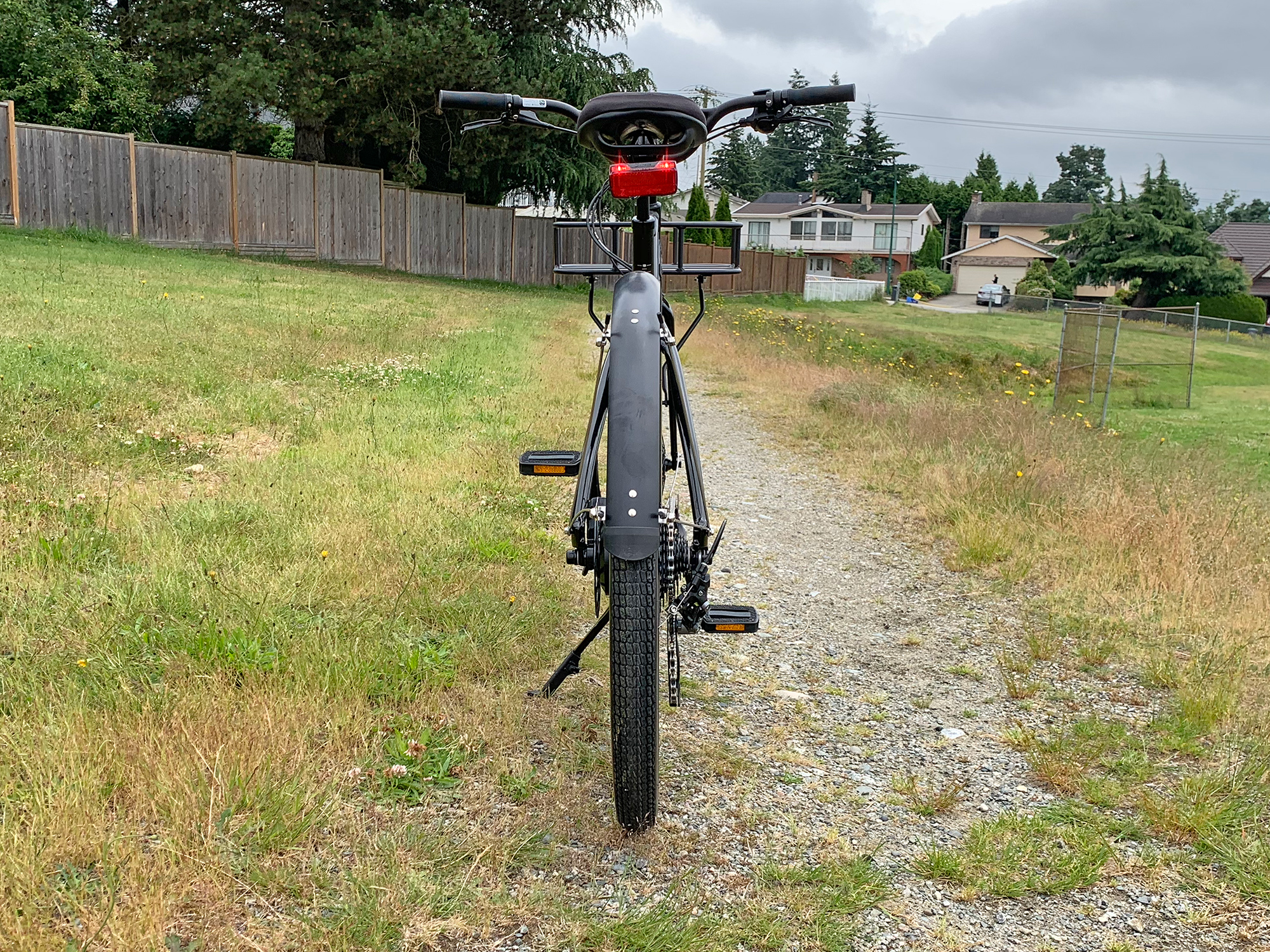
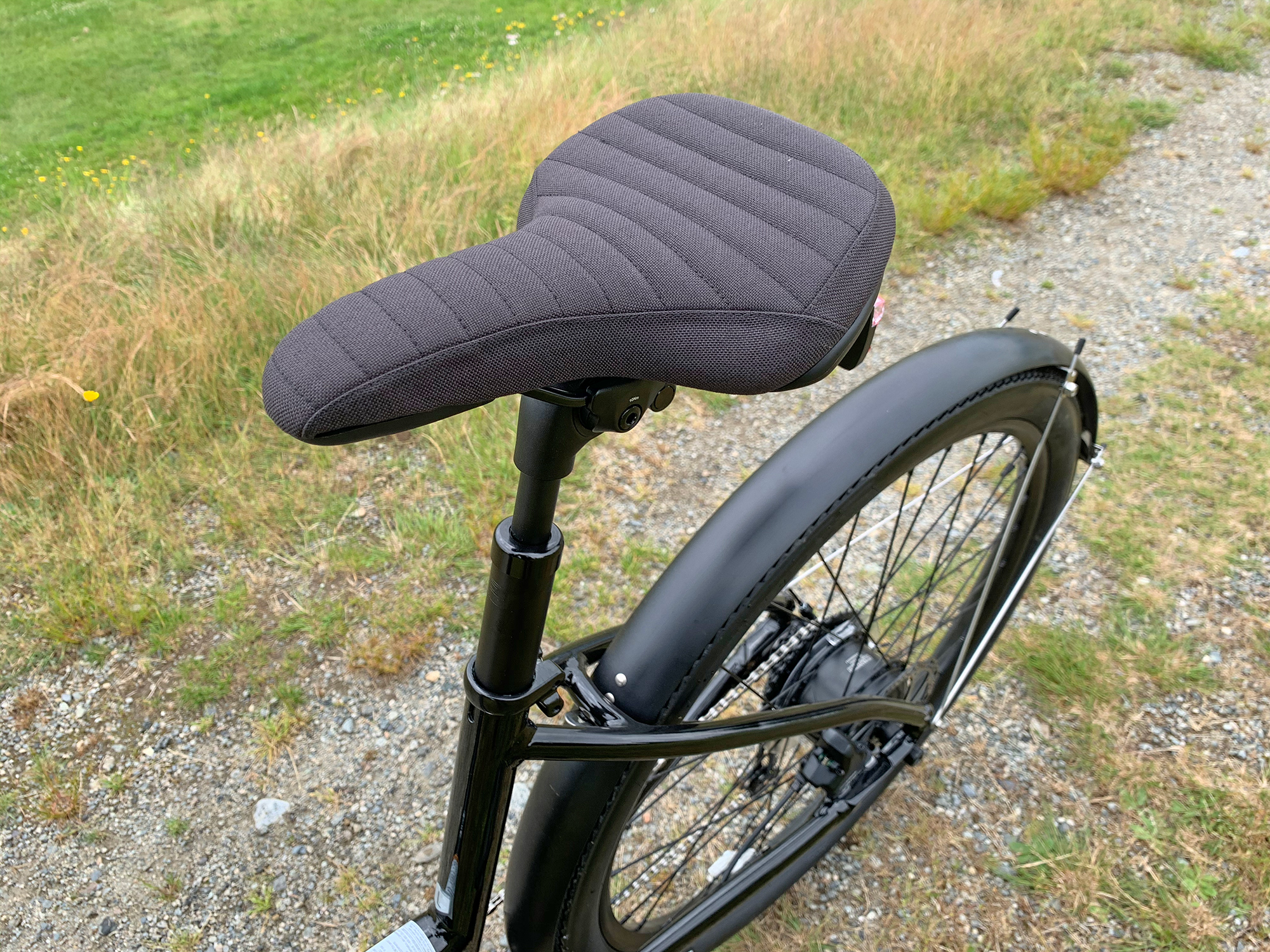
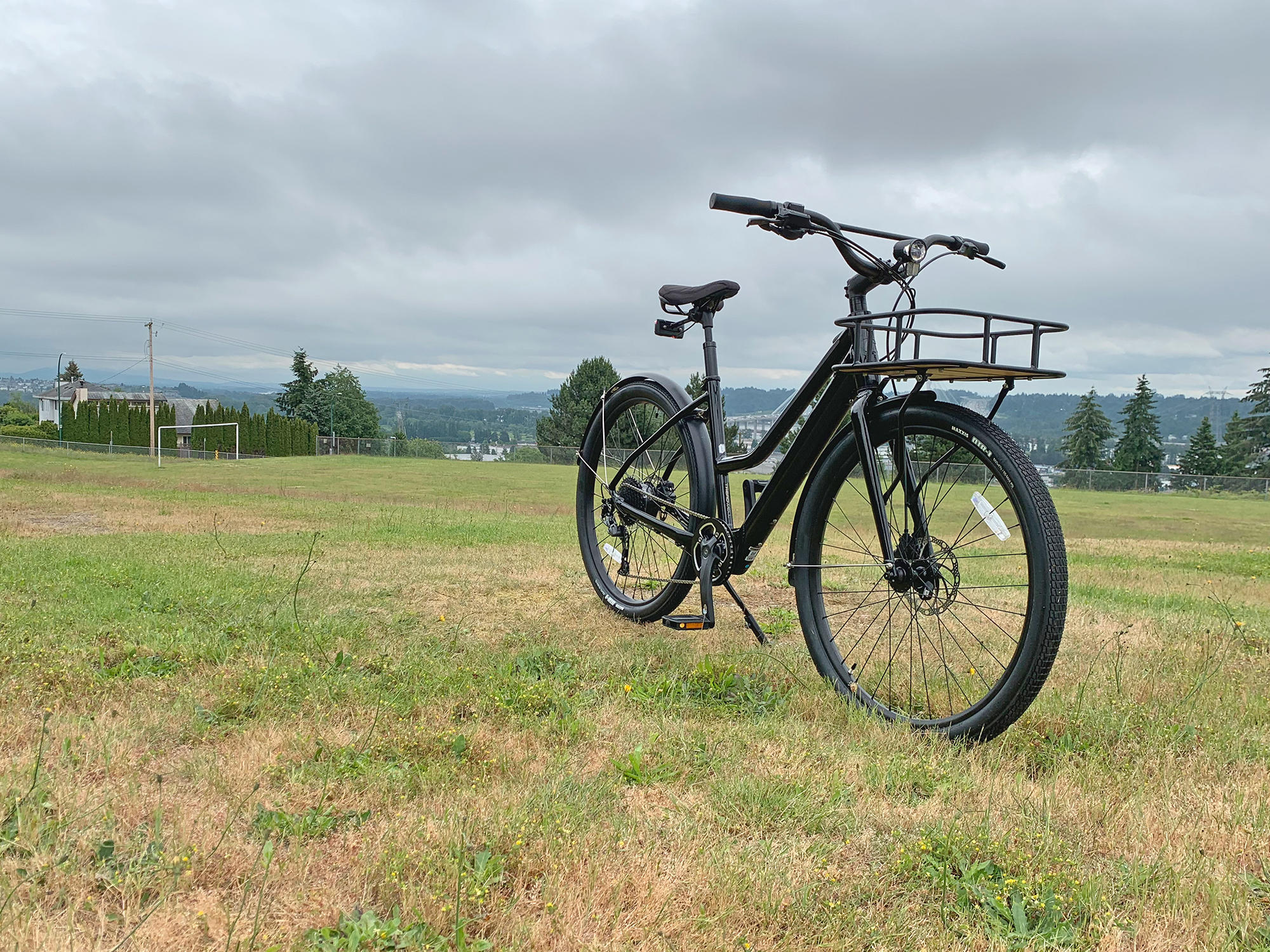
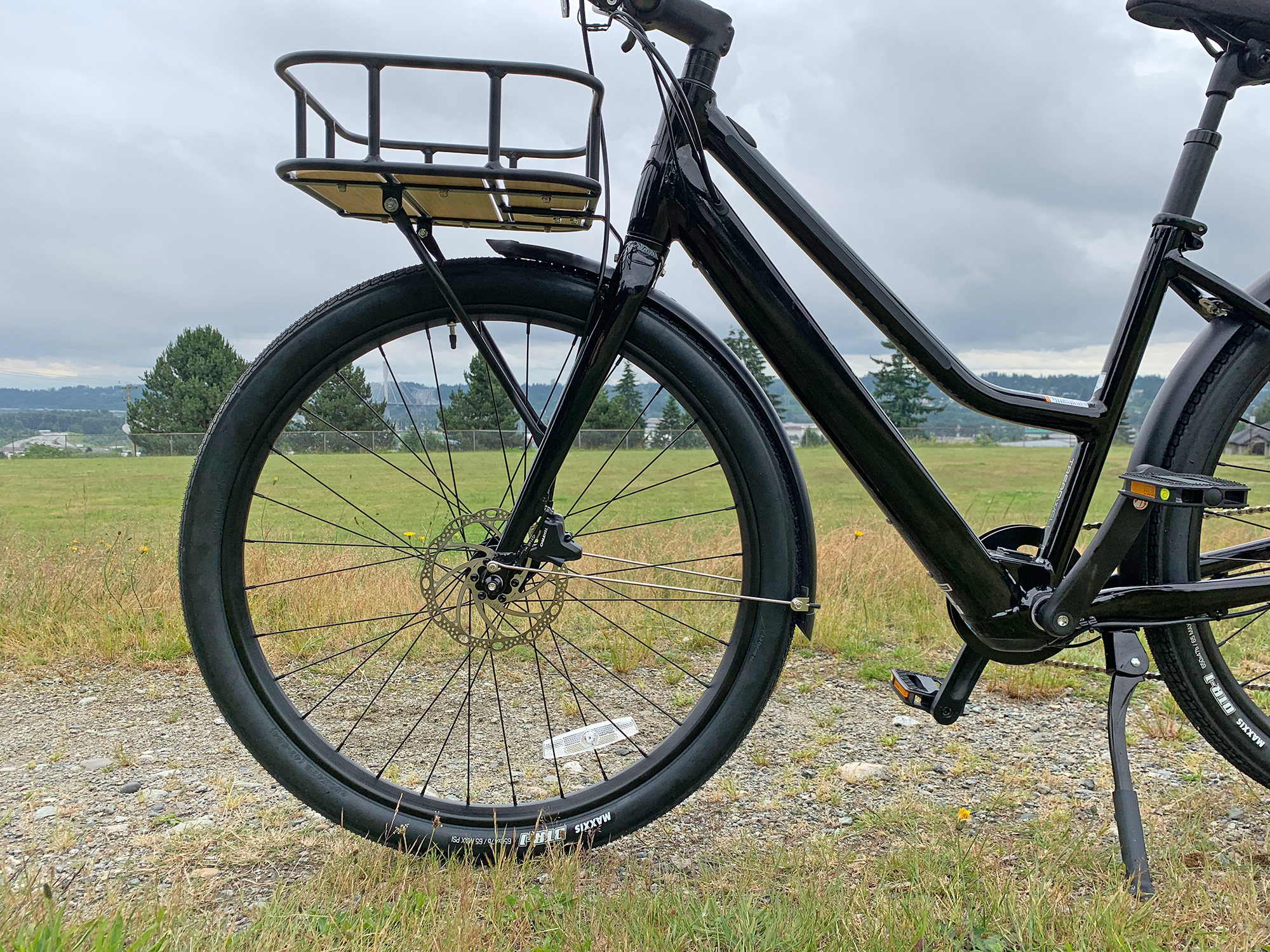
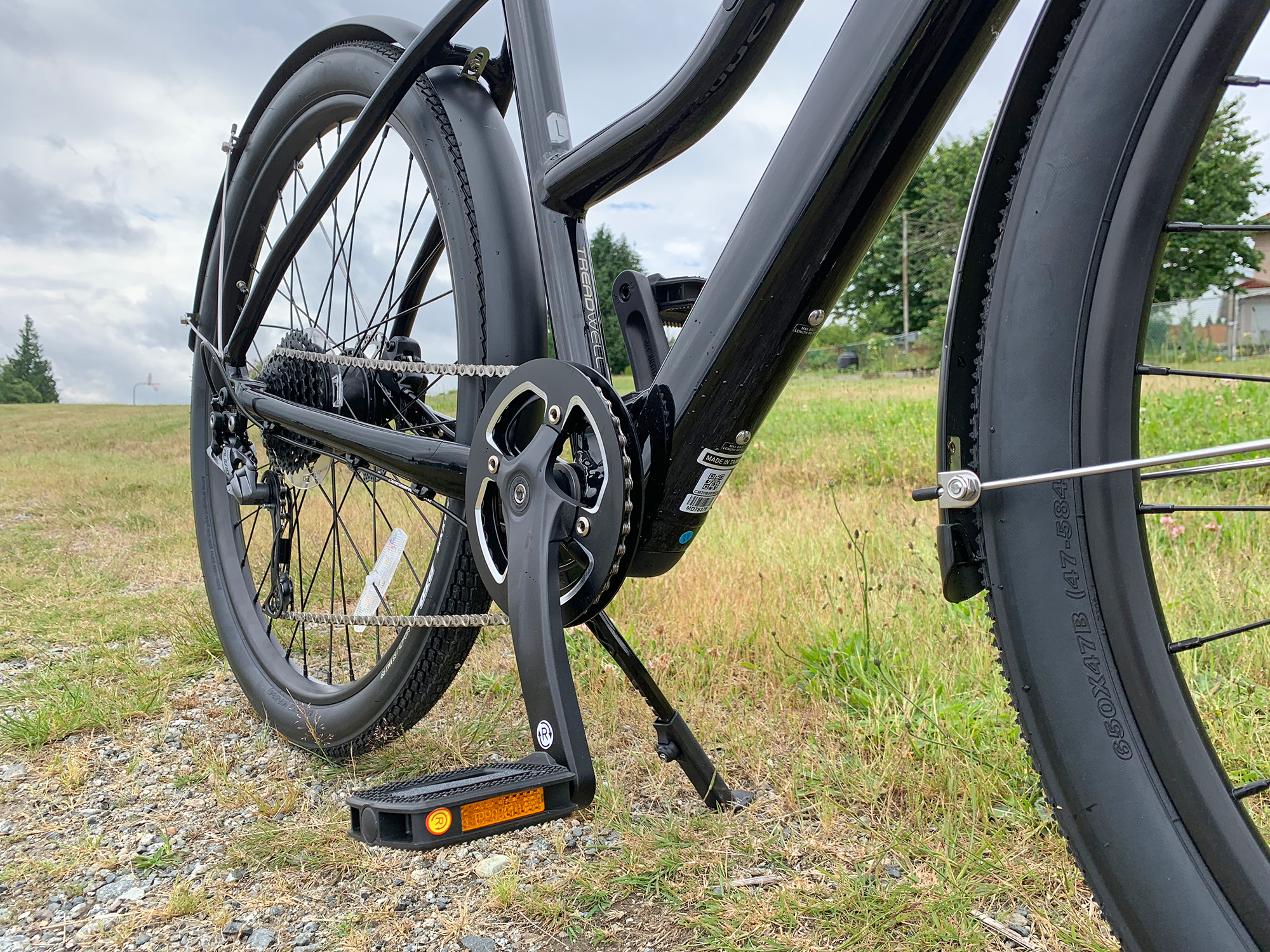

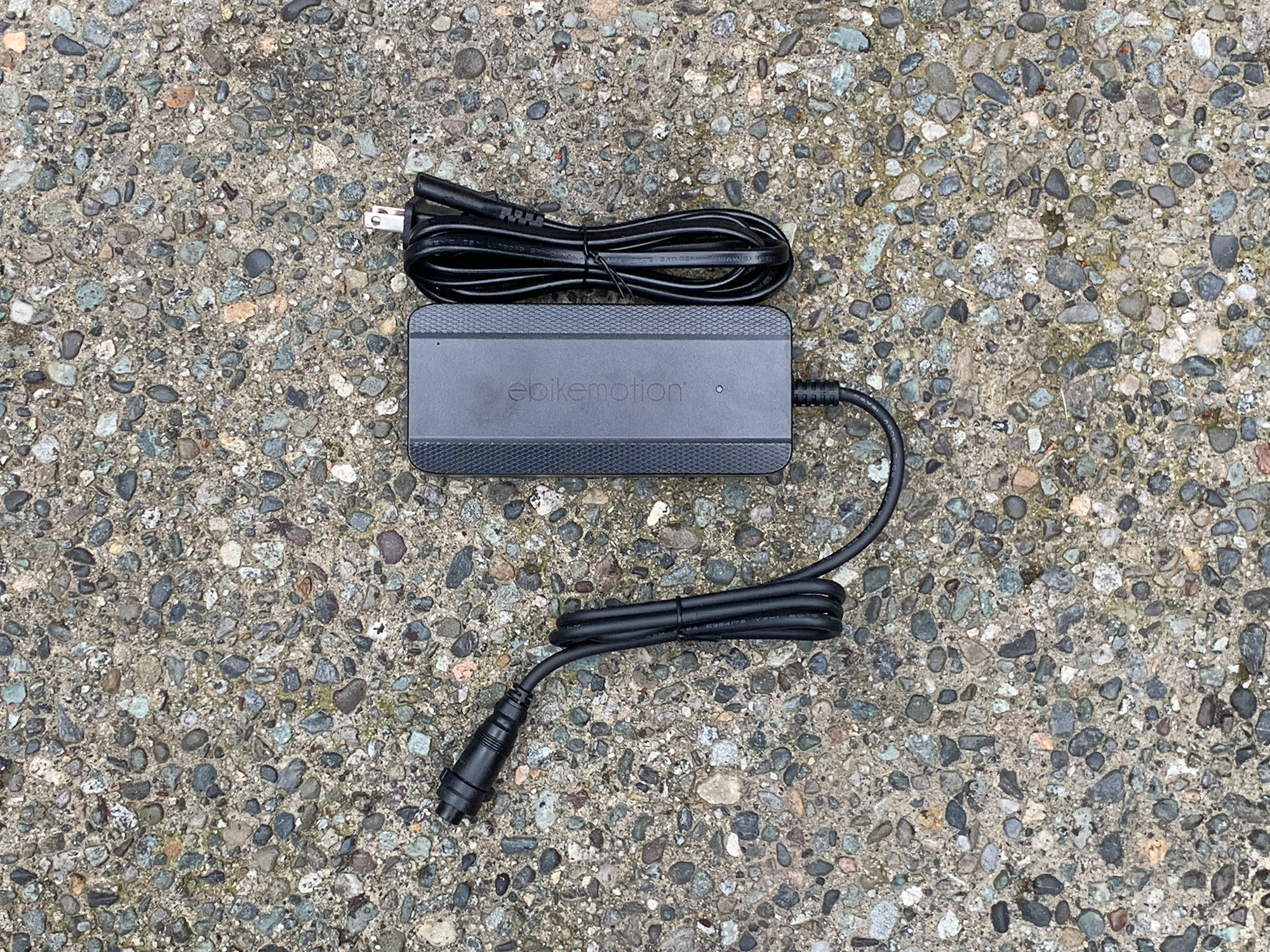
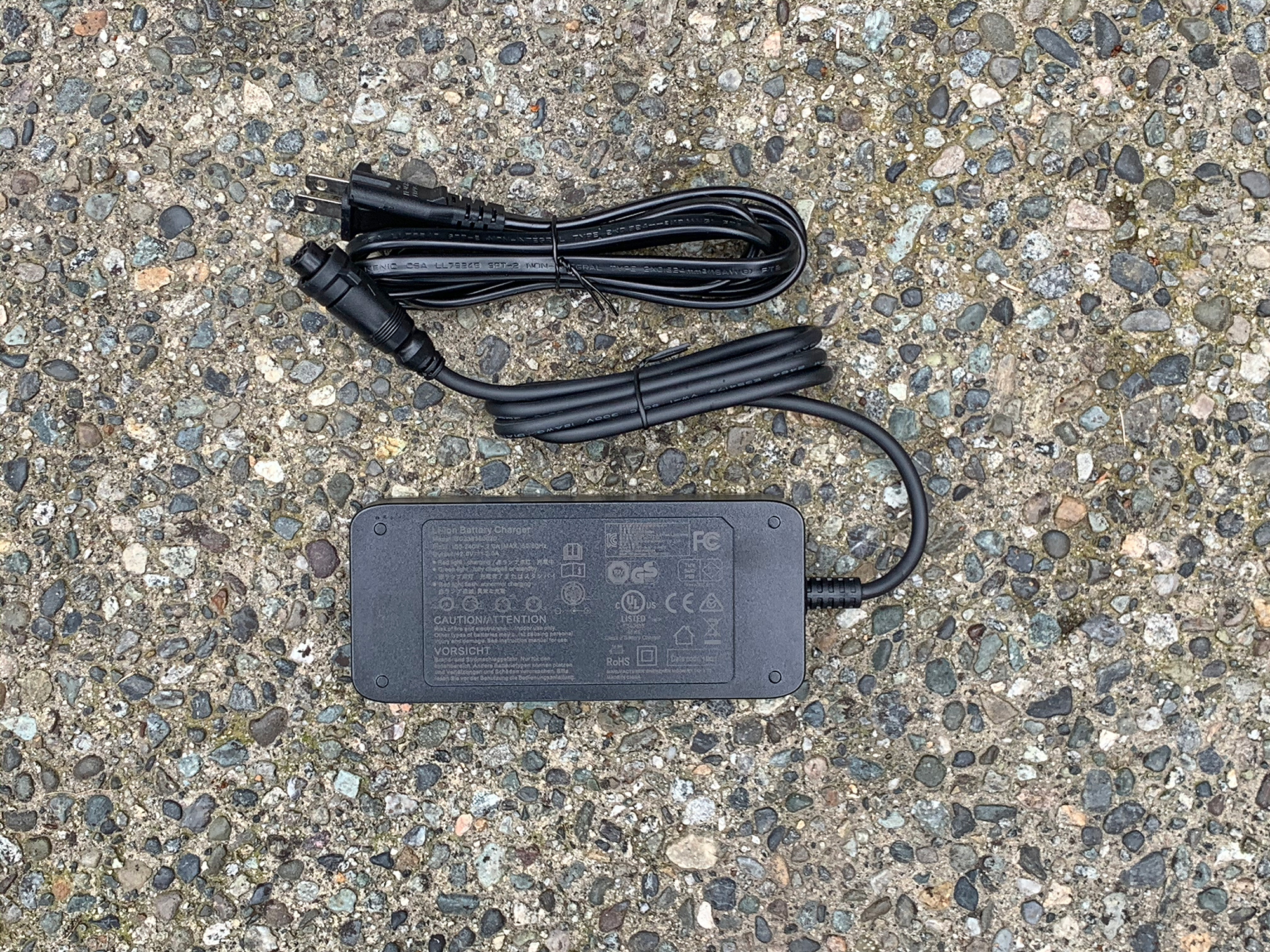
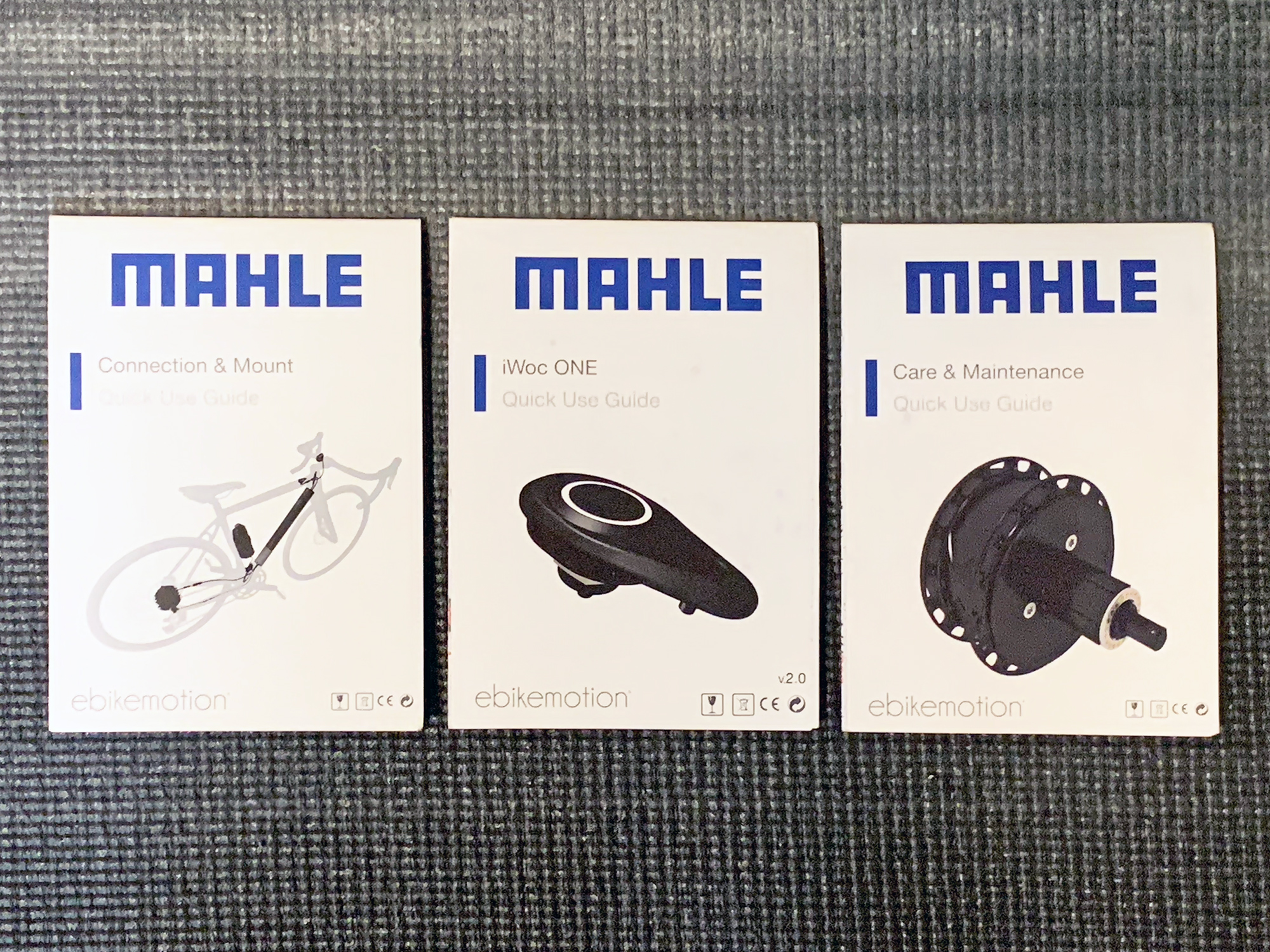


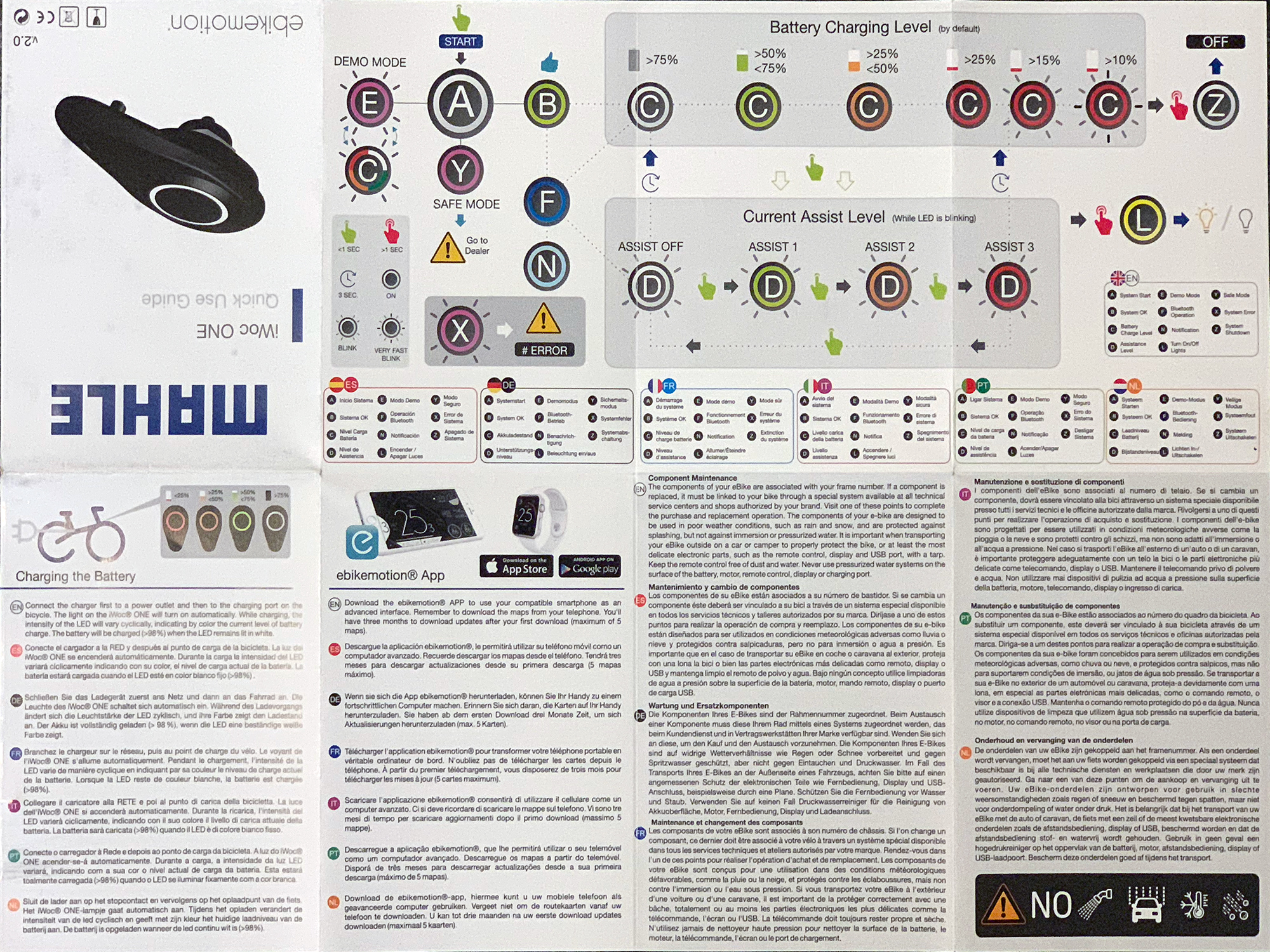
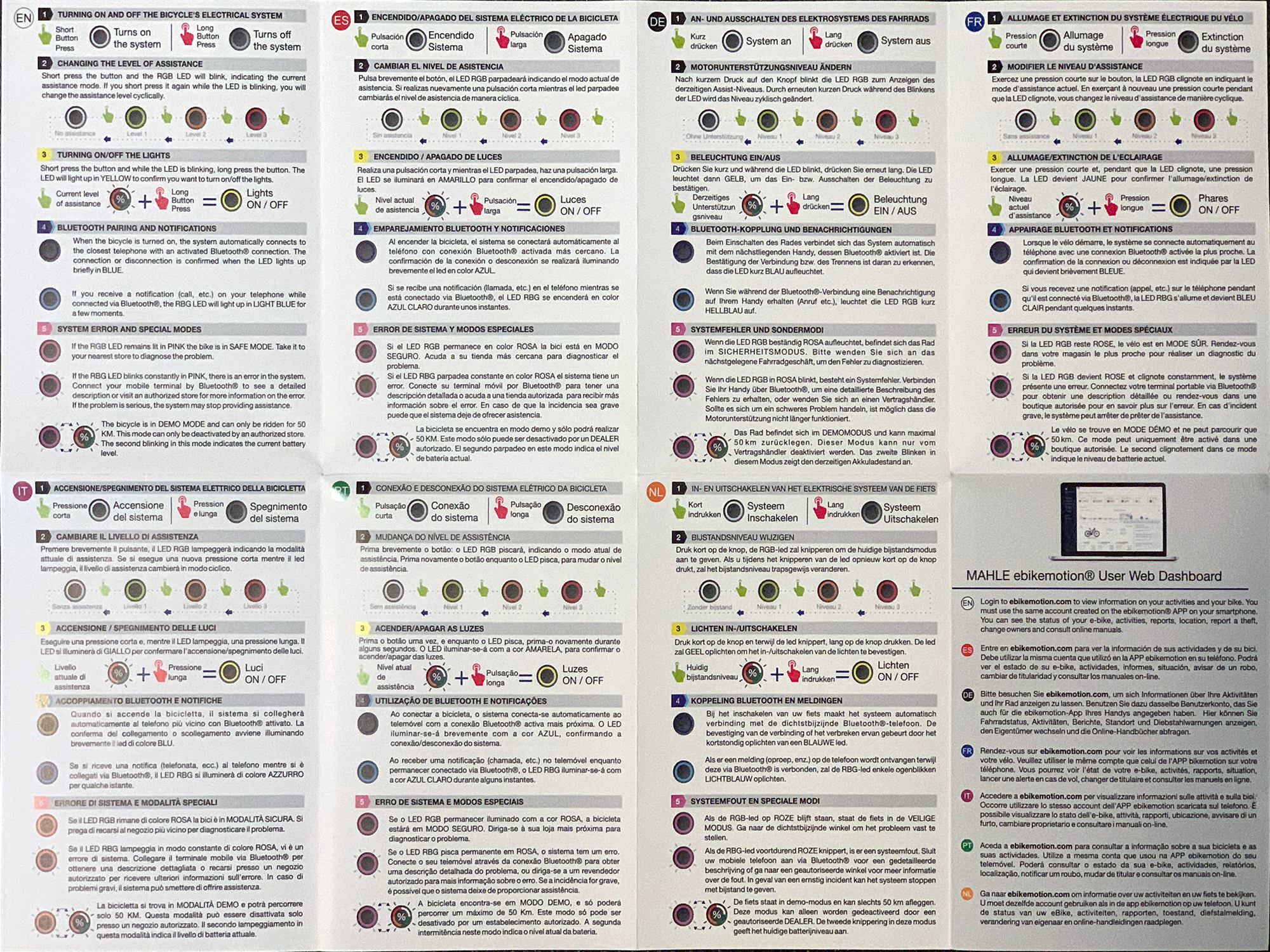
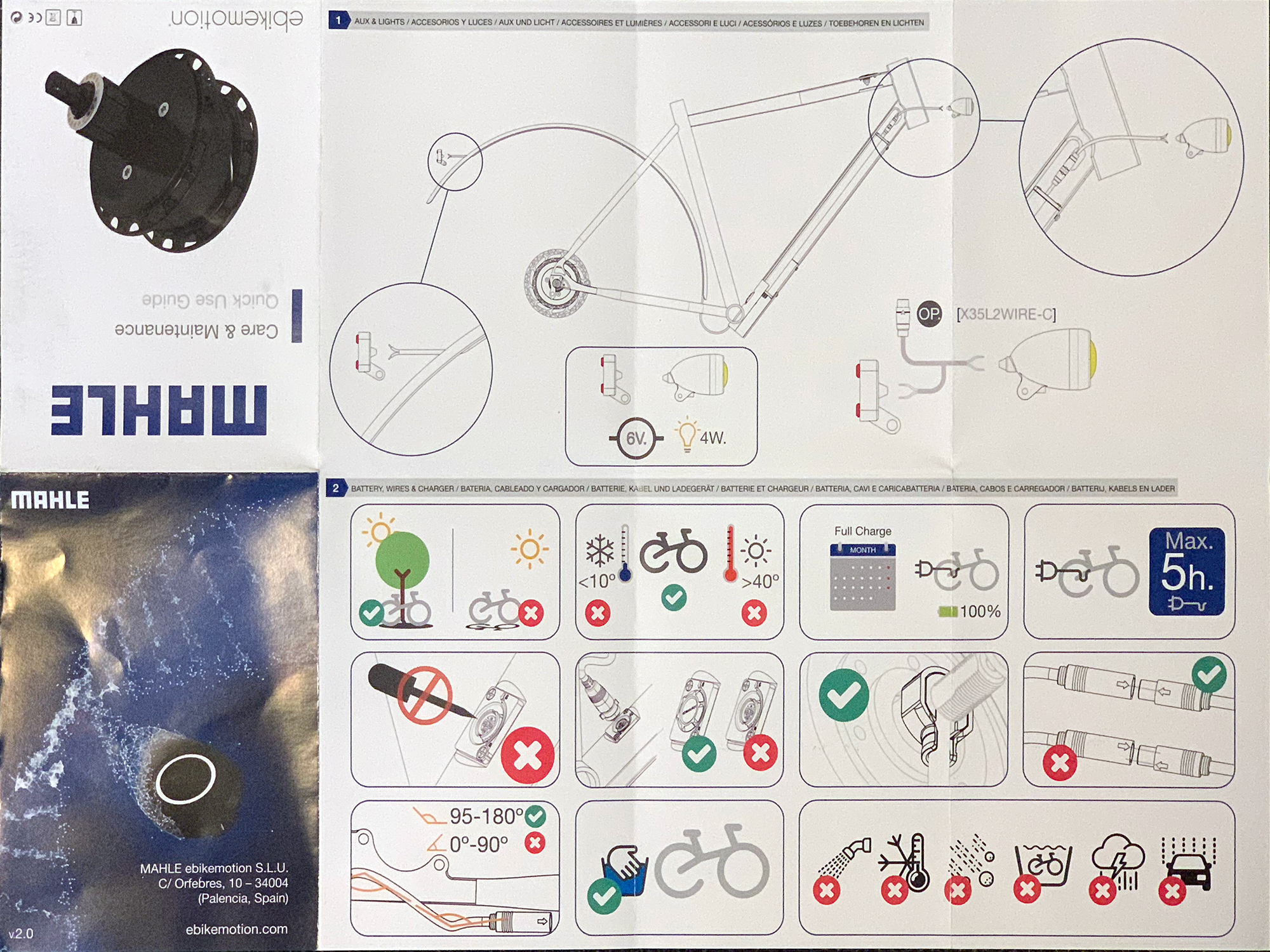
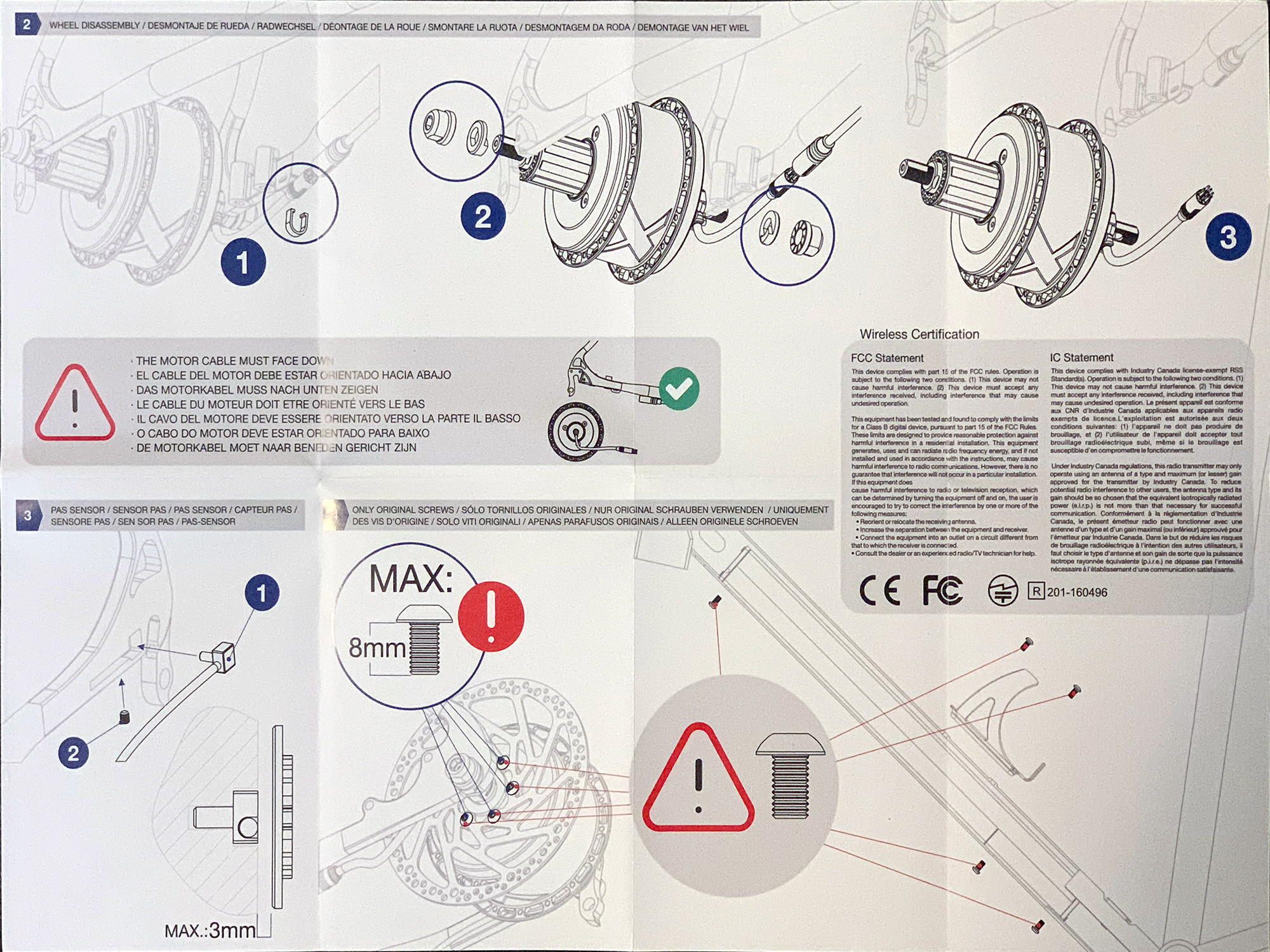
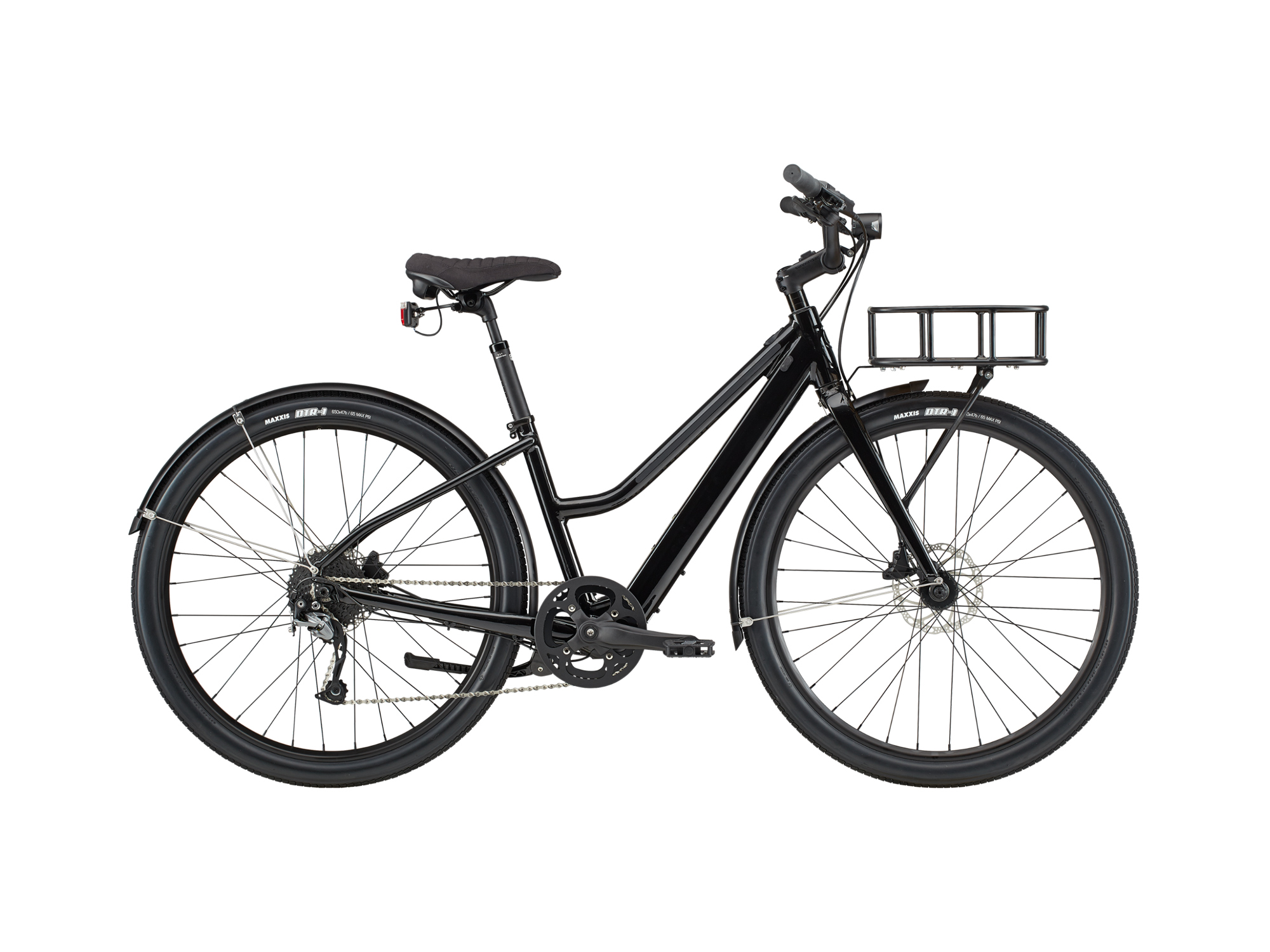

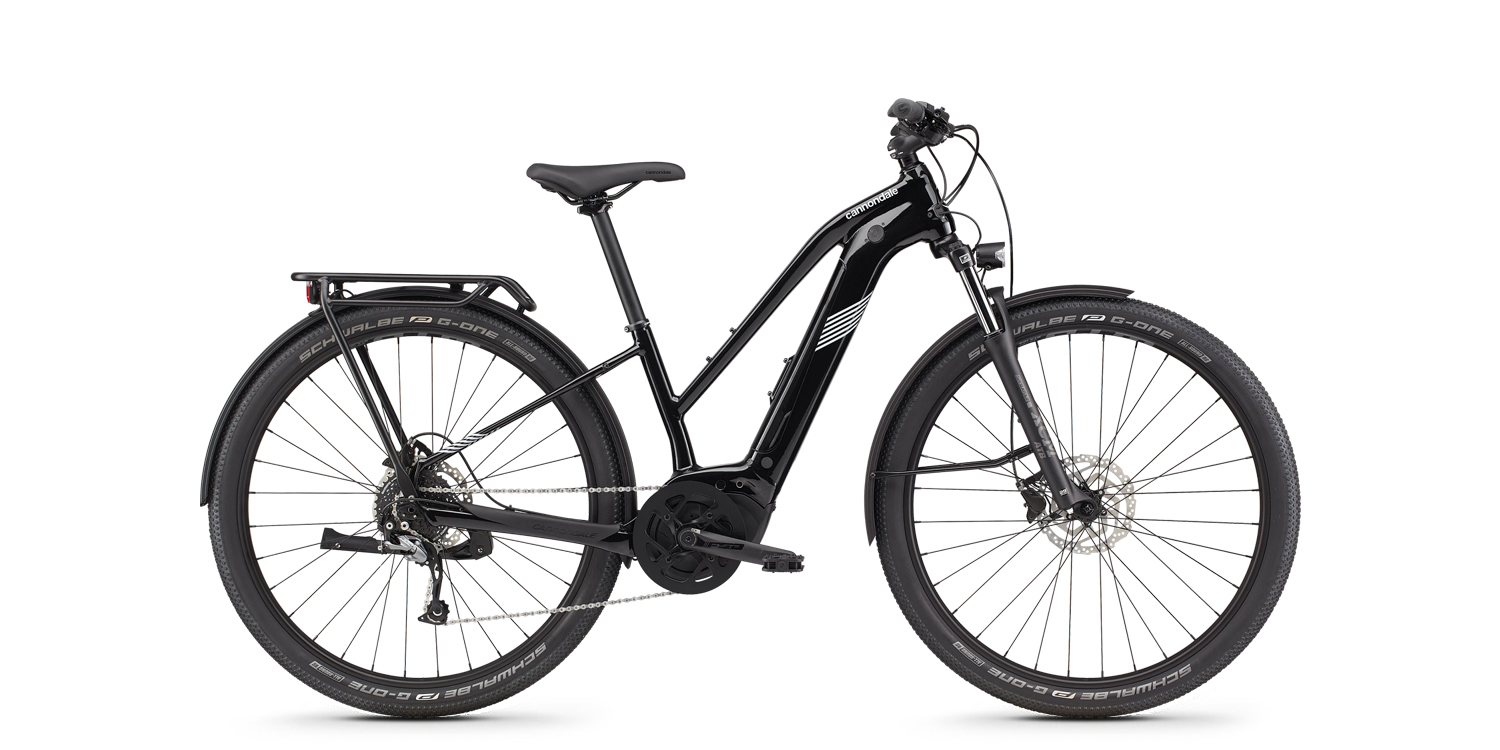
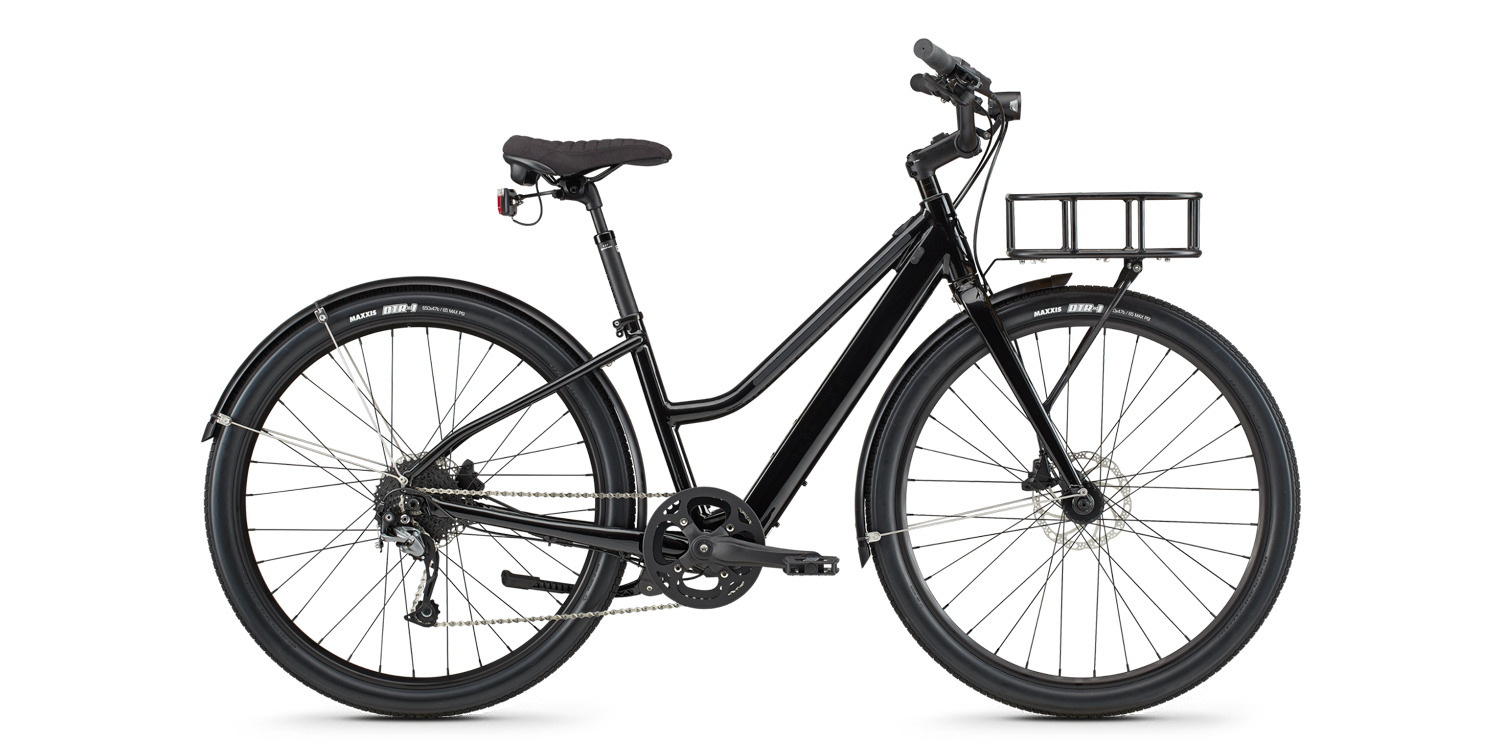
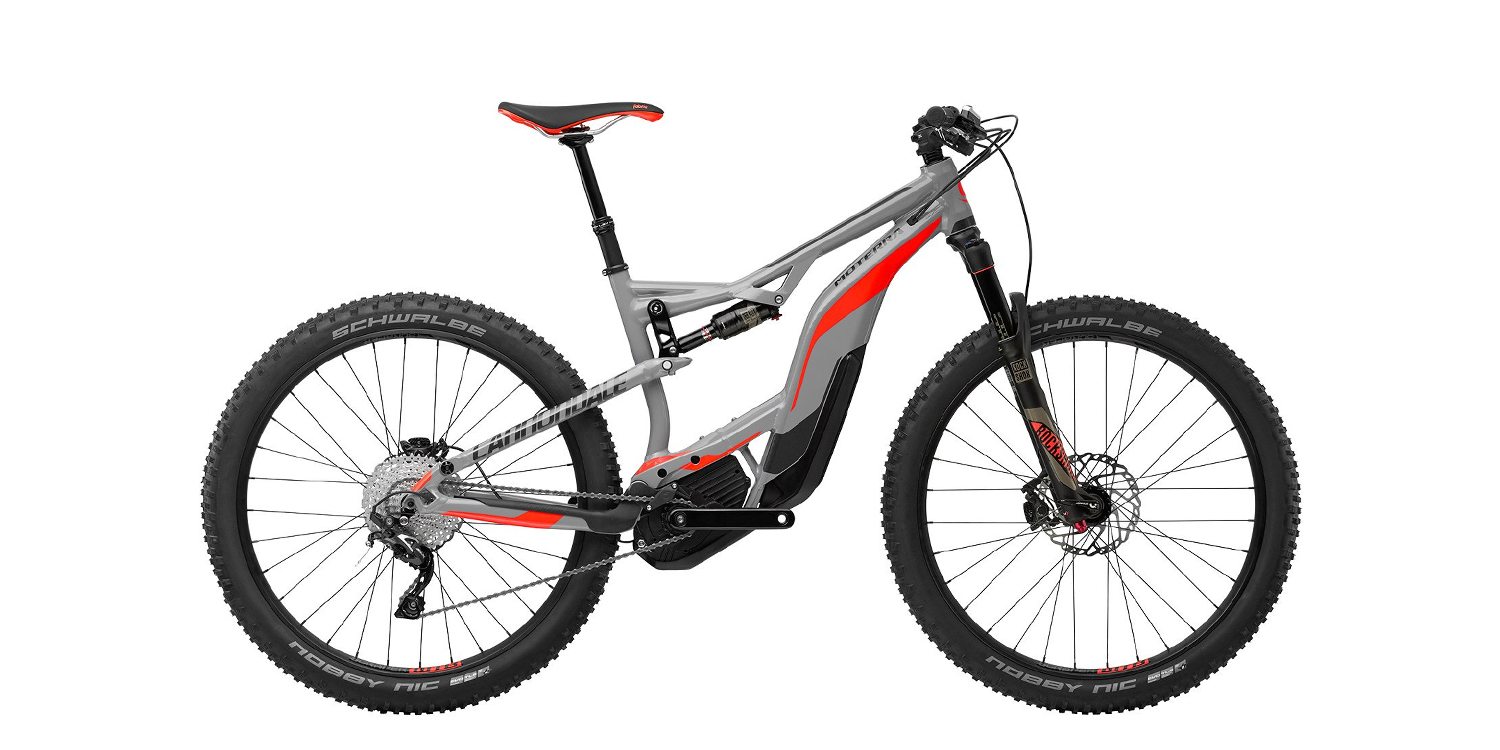
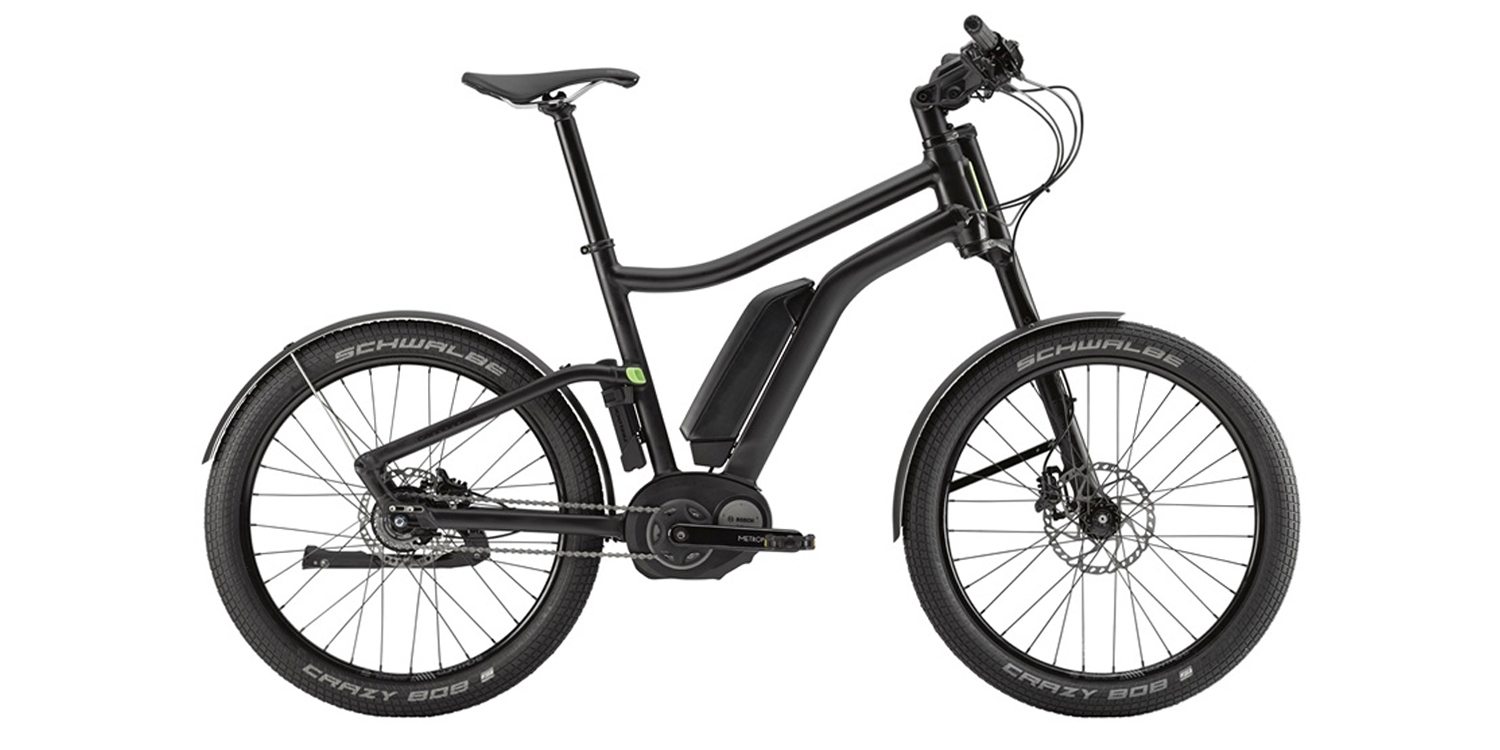
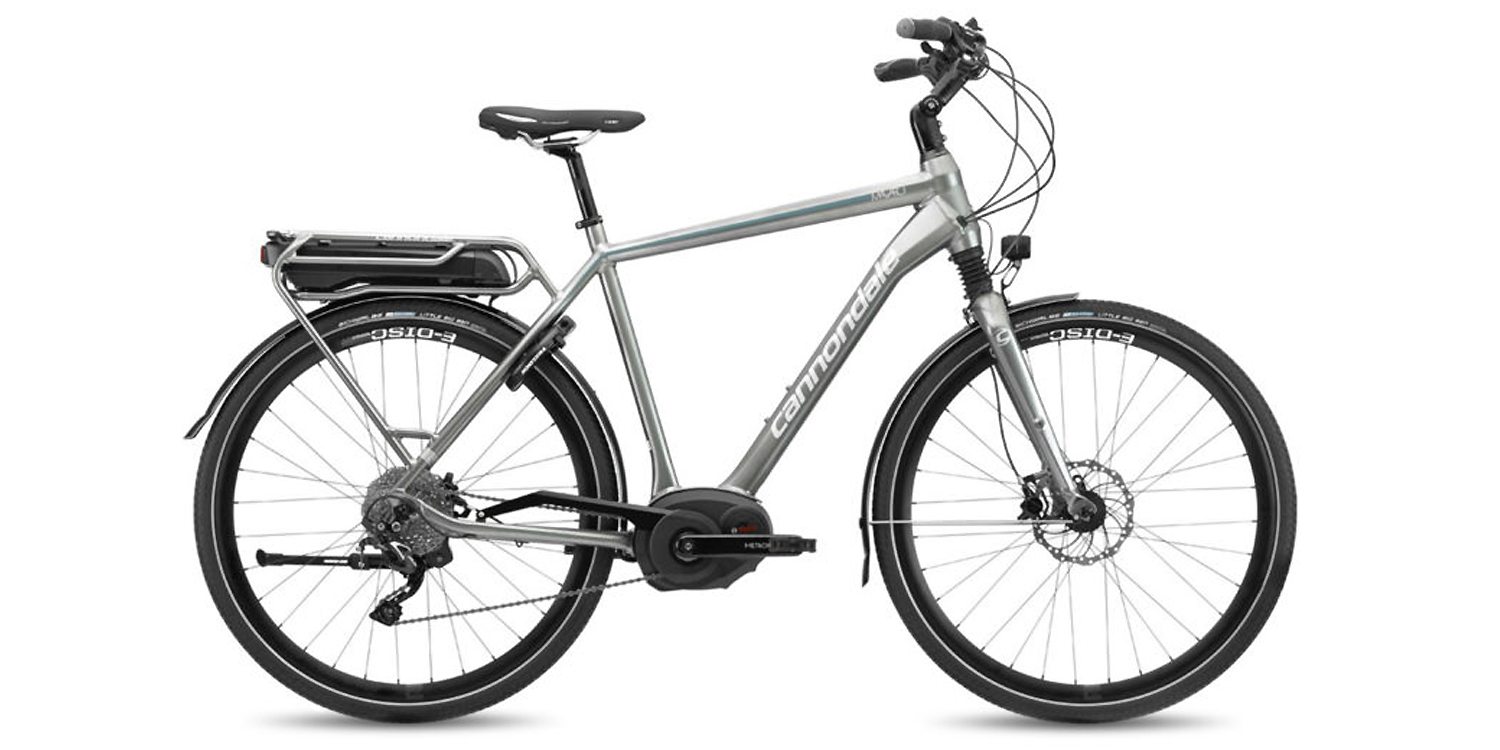
doug says
You said “I guess it reduces clutter at the handlebars” in your review. I think that the sensor could be anywhere along the hydraulic brake lines.
Court says
Yeah, I think you’re correct about that Doug. However, most of the motor inhibitor sensors I have seen are incorporated into the brake levers and require a separate cable. Perhaps it’s less expensive this way? It might make bleeding the brakes a lot easier than if there was some sort of inline sensor. Maybe they could combine the two wires in a fatter wire? Lots of possibilities, but in general, motor inhibiting brake levers do clutter up the cockpit on ebikes I’ve seen.
Dewey says
BRAIN report Cannondale is conducting a recall to replace the front rack on Treadwell models, the rack should be removed until Cannondale provide replacement hardware source here.
Court says
Nice find, Dewey! Thank you SO much for taking the time to provide a source and share this with us. Good to know for sure ;)
RT says
This is in deed useful to know. But unfortunately not all dealers seem to be aware of this it would seem. My wife got this bike last week, and on first ride the basket attachment failed as described in the article, she came off the bike and now now has a broken arm that needed surgery. First ride. Not a great start to life with this bike.
Court says
Oh my goodness! I am so sorry and saddened to hear this RT. I cannot believe it, my own girlfriend had a bicycle accident a few years back and broke her elbow very badly. It’s such a sad situation… Please send my regards to her, I appreciate your comment here to alert people, and I’ve done my best to cover the bike thoroughly to help people understand what they are getting and what things to consider.
Walter says
You mentioned “won’t produce a lot of noise or any drag.” about the Mahle motor, but if you are peddling alongside another cyclist without electric support or coast downhill the drag is noticeable. When you take the wheel out and spin it while holding the axle you rally have to hold it tight. My local Evanscycles said that this is normal and it is not the bearings.
The fenders need adjusting regularly as they keep rattling on bumpy roads. Front rack has been recalled and no alternative is offered. I like my bike nonetheless.
Court says
Hi Walter! Thanks so much for sharing these real-world experiences with us. Perhaps there is something different about this hub motor that increases drag? Usually gearless motors freewheel without additional friction, so that’s where I was coming from… but I haven’t owned or tested as extensively as it sounds like you have. I’m so glad that you’re enjoying the bike, despite the little fender adjustments here and there. I really appreciate your comment!
Bob H. says
While you mention that the iWoc One control interface feels “unfamiliar and unintuitive”, I think that’s a huge understatement. Frankly, it’s a terrible design. First, you have to take your hand off the handlebar, and your eyes off the road, to change assist levels. On the bumpy and hilly roads of Connecticut where I live, this is not only awkward, it’s unsafe. Second, assist levels can only be changed in one direction (i.e., low to medium to high to off). On my other e-bike which has a handlebar remote, I find myself frequently changing assist levels in both directions. Finally, it would have been so easy for Cannondale to correct this problem by installing the iWoc Trio on the handlebar. I’m trying to do that now, but unfortunately, it’s virtually impossible to find the Trio anywhere.
Don’t get me wrong, I think the Treadwell Neo is a beautiful e-bike, and most of your comments were spot on, but I think you should’ve been much more critical of the missing handlebar-mounted controller. I wouldn’t advise anyone to buy an e-bike that doesn’t have one.
Court says
Thanks for helping to fill in those details (about the iWoc Trio, and just how important a bar controller with up/down or +/- are). I know that my reviews can sometimes be too optimistic or positive when it comes to glaring misses. I try to be constructive, because I realize that each person has a different use case. I have my own perspectives, and I try to soften them as well. It really helps to hear individual voices in the comments, like you’ve done here, so thanks :)
Amy Steuer says
I bought a Treadwell Neo 2 Remixte in July. It seemed to be charging fine but the last couple of times I charged the bike to full, unplugged it and when I went to ride it 2 days later it only had half the charge or less. I took it to the local dealer and was told that it needed (and had) a firmware update. I took the bike home, rode it, charged it to full and 3 days later it is totally dead. Had anyone else experienced a battery charge issue? Thanks!
Court says
Hi Amy! Hope someone chimes in with a reply, or that you can get some help from Cannondale. Perhaps the smaller battery is sensitive to the cold fall weather? I know that this can impact range… sometimes halving it. Not being able to store the battery separately from the bike could present a challenge in keeping the pack at moderate temperatures. Perhaps you can try this for a day and see if your range is longer (though it will drop as you go outside into the cold as you ride). There are some neoprene covers on Amazon and elsewhere that are like battery jackets that can wrap around the frame, which could help to insulate it a bit.
John C says
We just bought a Treadwell Neo EQ at our local bike shop. Love the bike, but we live in rural Vermont and wish it had more power on hills. What I don’t understand is that the motor does not seem to be putting out its full power when climbing a hill. I monitored it via the app, which gives real-time power, and the motor is using very little power when climbing. I am pedaling lightly, and the motor is at only 2-3 amps (72-108 Watts). This is at assist level 3, of course. But if I give it some more pedal power, the power of the motor increases. I have to pedal hard to get the power up to 250 Watts. I didn’t think that was how cadence sensors work. If there is a way to get the full 250 watts out of the motor with minimal pedaling, I haven’t figured it out.
It’s a nice bike, but somehow it does not seem to be designed for hills.
Court says
Thanks for the feedback, John. That’s also surprising to me. Usually there’s just a sensor measuring crank arm movement that says on/off for the motor power… then you adjust how much power by selecting an assist level. Perhaps there is some other torque sensor or something built in now, or maybe it has to do with the motor design being more efficient at higher wheel speeds (which you achieve by pedaling harder). I’m only guessing, but I’m glad that overall you are enjoying the bike :)